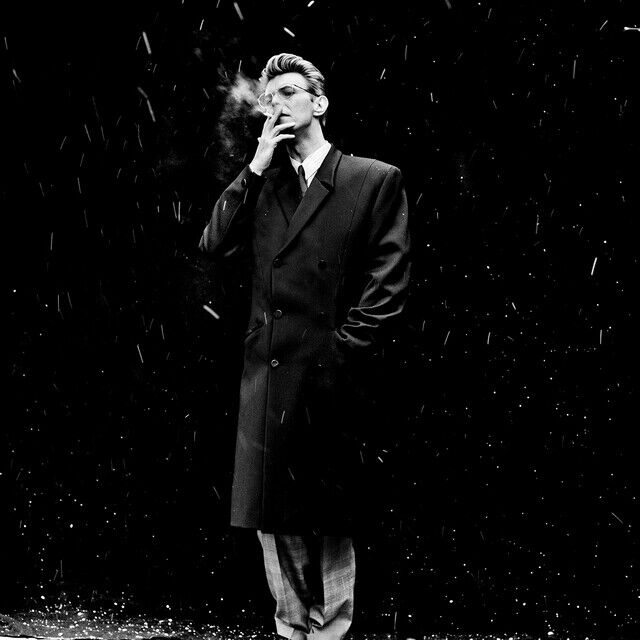1. I was initially a bit surprised at Corbijn’s work, because it is unconventional in a way that made me feel slightly uneasy. However, as I looked at more of his photos, I grew to appreciate the beauty in the oddity.
2. Since his work is slightly unorthodox, it’s hard to place in a specific category, but I would say most of his work fits among human portraits.
3. Damon Baker is a photographer of people, as Corbijn is, and they both manage to capture the life of the people in their shots. However, Corbijn tends to lean more on the gritty, raw, and frankly a bit odd, side of people, particularly celebrities’, personas, whereas Baker captures the glamorous angst of modern day celebrities. I like both of their works, and appreciate both for their raw quality.


(Sadie Sink!) Baker (David Bowie!) Corbijn
4. If someone tried to replicate Corbijn’s work today, it would incorporate more aspects of modern day technology as props that the models interact with, and perhaps would feel busier and more chaotic because of it. I believe it would still maintain its raw, exaggerated realism.
5. I love the quote at the end of the slideshow because I agree with it wholeheartedly. Corbijn states that the realism in his photos stems from its imperfections; instead of getting down on himself because of his mistakes, he embraces them. This way of thinking is something that should be embraced itself.
Comments
Post a Comment